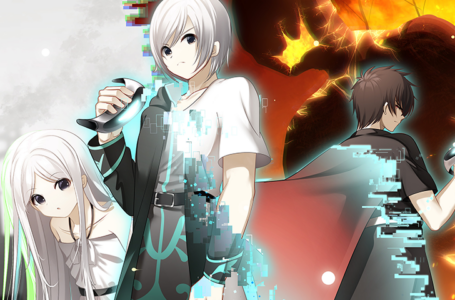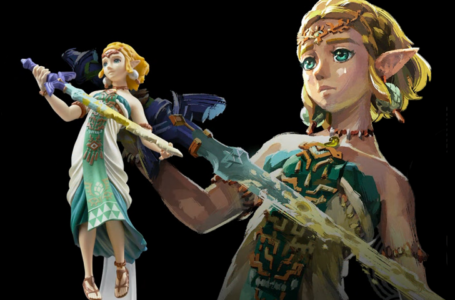Drizzlepath: Deja Vu takes us on a contemplative nature walk
Drizzlepath: Deja Vu is one of those games that it’s kind of tough to “review” in the traditional sense. On the one hand, it achieves what it sets out to do — create a distinct sense of atmosphere — extremely well. On the other, I can completely understand why someone coming into this with no context could very easily bounce off it, determining it to be both boring and pretentious. I say this because my opinion of the game flip-flopped back and forth considerably between both extremes as I played it through for the roughly 60 minutes it took to complete.
Drizzlepath: Deja Vu is a “walking simulator” in the traditional sense, in that all you do is proceed on a journey through a picturesque environment, occasionally having some narration punctuating your journey. In this case, the narration provides musings on the concept of proceeding through your life on a set course, with deviations from that path presenting a risk to your overall goals and chance of succeeding at whatever you’ve decided your final destination will be.
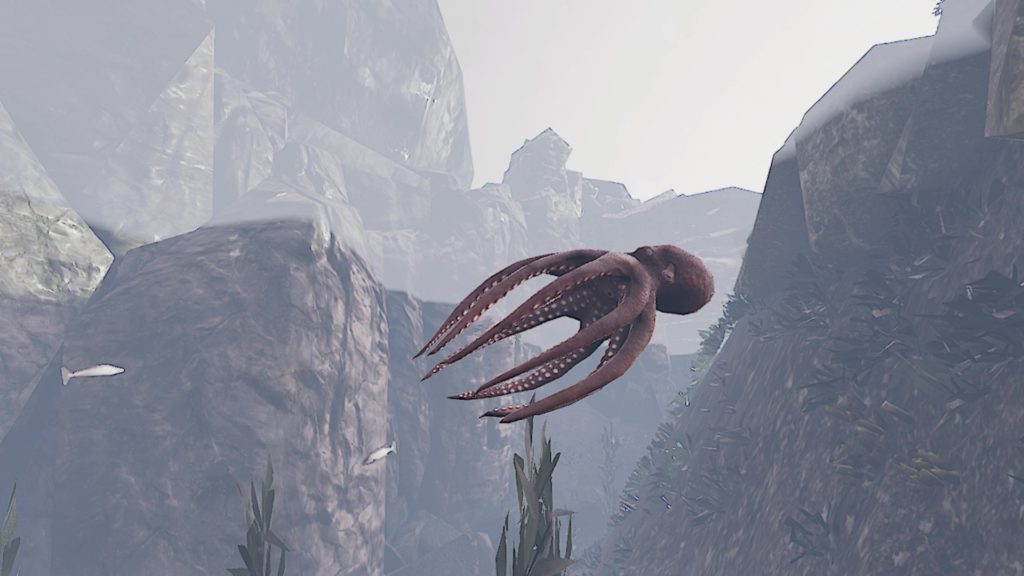
It’s actually quite cleverly done, because on a number of occasions, what the narrator talks about is very obviously directly relevant to the game itself as you play. There’s a particularly effective moment partway through where it’s possible to proceed down an optional path — in fact, given the design of the environment, it’s more likely you’ll head this way in favour of the “correct” path — and it culminates in you having to turn back and try a different route. It’s rare you have to do this in a walking simulator-style game, but if you pay attention to what the narrator is saying it makes a little more sense.
That said, the narration is written with language flowery enough to make Max Payne blush, and this likely won’t be to everyone’s taste. The whole thing is presented in a deliberately poetic style filled with metaphor, and while it probably wouldn’t give anyone pause if it was simply words on a page, to hear it spoken aloud can sound rather flamboyantly theatrical. “You enter a room filled with abandoned candles” becomes “And there was light; every tiny flickering flame feels like a beacon unto itself, tearing one’s heart in so many directions at once. At least the warmth that they provide is comforting to a soul lost in its own frigid darkness.”
On the one hand, it’s rather evocative, and very much in keeping with the mysterious, dream-like nature of the game’s overall narrative. On the other, it sometimes comes across like the sort of stuff the chuunibyou kid in class writes in the back of their special notebook that no-one is allowed to look at.
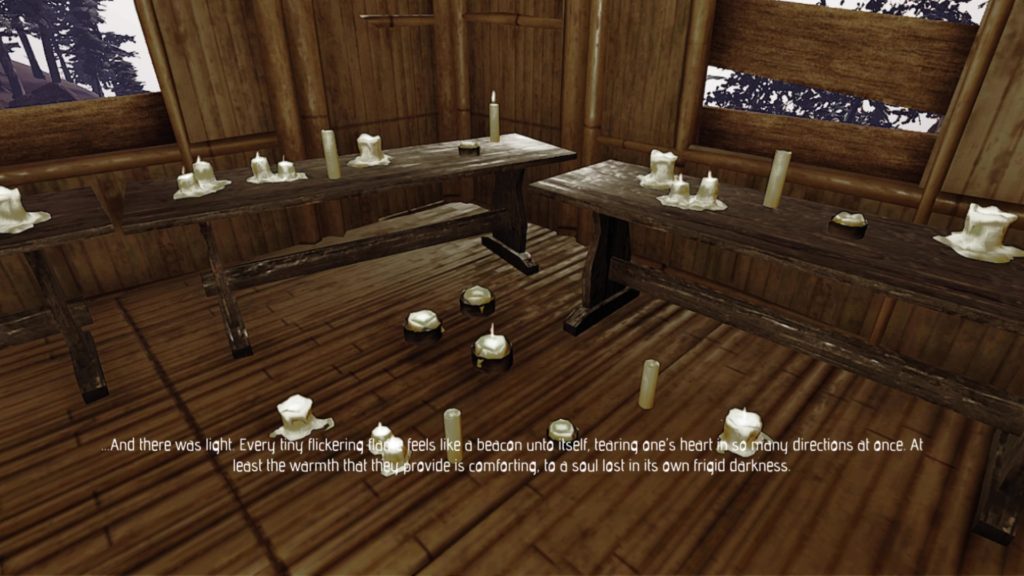
That’s an exceedingly overblown example, yes — though it is a real one — but it is worth emphasising that in context, it really does work well for the most part. The game’s excellent soundtrack and clever use of environmental shifts such as time of day, weather conditions and overall colour scheme takes the player on a journey through numerous different distinct states of mind as you proceed on your journey. And I found that while, yes, I did find myself occasionally pondering whether what I was experiencing was boring and pretentious or evocative and beautiful, I absolutely did not let go of my controller or look away from the screen for the entire duration of the story.
Drizzlepath: Deja Vu will likely be many players’ first encounter with the work of the Istanbul-based creator Tonguç Bodur, since this is the first that prolific publisher eastasiasoft has brought to consoles. He’s been quite prolific since 2014, though, and he very much has a distinct sense of style and creative vision that he likes to bring to his work — and it’s for this reason that I say Drizzlepath: Deja Vu is very successful at what it does, however you might feel about its exact execution.
Bodur’s core desire with his work — which he makes abundantly clear on every single game’s product page — is to create atmosphere and allow people to feel immersed in the beautiful environments, sometimes accompanied by emotional stories. And Drizzlepath: Deja Vu certainly accomplishes this.
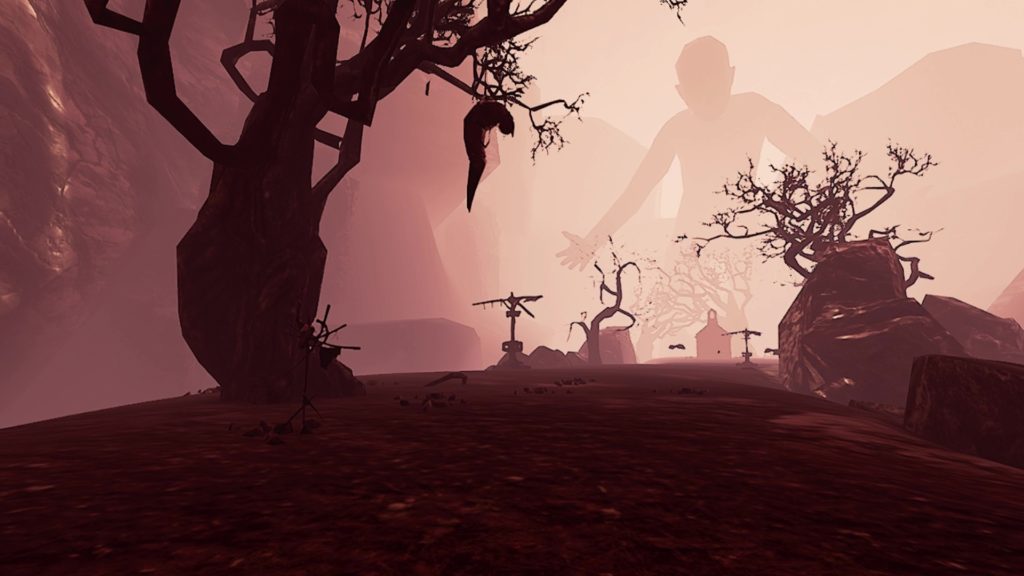
Drizzlepath: Deja Vu is actually a reimagining of Bodur’s first Drizzlepath game, though he’s deliberately filled it with some subtle references to other games he has made since that — and since it’s a reimagining of that first game, no knowledge of his other games is required to appreciate Drizzlepath: Deja Vu, either. Thus, despite technically being the fourth in a series — and tenth of a group of games that Bodur originally released on Steam — it made sense for this to be the one that eastasiasoft brought to consoles, allowing a much broader audience to experience Bodur’s work for the first time.
To summarise, then, if you’re open to the experience of playing a walking simulator with a very clear creative, artistic vision and not much in the way of what many of us would traditionally regard as “gameplay”, Drizzlepath: Deja Vu is a short but sweet journey worth taking. For those typically more resistant to such things, though, Drizzlepath: Deja Vu isn’t going to change your mind; take a look at the work of Chilla’s Art for a more gameplay-centric approach to the “walking simulator” as a storytelling vehicle.
Drizzlepath: Deja Vu is available now for Nintendo Switch, Xbox everything, PlayStation 4 and 5 and PC.
Join The Discussion
Rice Digital Discord
Rice Digital Twitter
Rice Digital Facebook
Or write us a letter for the Rice Digital Friday Letters Page by clicking here!
Disclosure: Some links in this article may be affiliate links, which means we may earn a small commission if you make a purchase after clicking on them. This is at no additional cost to you and helps support Rice Digital!
- Letter from the Editor: passing the torch - June 30, 2023
- Super Woden GP 2 is looking promising - June 30, 2023
- Inti Creates is making a 32 bit-style Love Live action platformer - June 26, 2023





